I am not going to say that it was “like stepping back into time,” because it wasn’t. There were signs of modernity, such as the old telephone poles, the modern fencing where the nearby Bedouin villagers kept their camels and goats, or the occasional 4×4 Land Cruiser bouncing past.
What I will say is that even with the knowledge of being in the present, you could feel the weight of all the histories the land has experienced before you.
Or maybe it was just the heat.
It was hot not only because the summer was beginning in earnest, but also because I was out in the middle of the desert, getting a quick tour of the archaeological goldmine that is Mleiha.
Part archaeological dig site, part museum, Mleiha is a slice of desert on the outskirts of Central Sharjah. And I do mean outskirts. This isn’t a place to take a taxi to, unless you’re okay with shelling out almost AED 120 for the fare.
The first digs began in the seventies, and there’s still more to discover, with international teams still conducting live digs and marking off areas for future ones.
Mleiha’s history dates back to the Paleolithic era, when man first began making and using stone tools. The evidence shows that Mleiha is one of the first places man landed when spreading out from Africa into Arabia, South Asia, and beyond.
According to evidence from the digs, Mleiha has been significant all the way from the Paleolithic era to the Neolithic era, the Bronze age, the Iron age, the Pre-Islamic and Late Pre-Islamic era, with artifacts, structures, tools and fossils found from each of these times.
Like I said, archaeological goldmine.
I’d say more, but no spoilers.
There are a number of packages available, with different rates – ranging from AED 70 to up to AED 2000 for the more intense activities like Paragliding or the Survival Camp. The center emphasizes ecological awareness, so all the activities are designed to do as little damage to the natural environment as possible.
Due to the intense heat, my tour was a shortened combination of the Adventure Trek Package and the Archaeological Tour, where you’re taken to the different man-made buildings – forts, cemeteries, the communal kitchen – then to the natural structures: Fossil Rock, Valley of the Caves, and Camel Rock.
Do note that the “buildings,” i.e. the palace, fort, etc, of the old city, are not actually full buildings at all. They were only a few feet from the ground when they were discovered, and were only rebuilt – using the same material as the original – to add a bit more height and allow people to see the floor plan at least. The evidence points to the city having been razed to the ground by invaders.
However, my guide Nirmal Rajah explained that there is no way of knowing how many storeys the buildings were and what kind of rooms the upper floors had, so the only option was to maintain the sites as they were found.
After the outside tour, entry into the Archaeological Museum is free. The museum is designed to take you through each of the periods in chronological order, displaying original artifacts found from the digs and occasional models of less portable findings.
All the guides are either paleontologists/archaeologists themselves, or are history enthusiasts heavily trained by the Center. It shows, as my guide spoke extensively and with easy about the history of the areas we’d pass, explaining the significance of almost everything we saw.
There’s also always at least one guide available who speaks Arabic, and three guides on schedule at all times.
The tours range anywhere from two to up to six hours, which Rajah explained depended mainly on the tourists themselves. Some might prefer to get down from the vehicle at every stop and explore a while, asking lots of questions or taking pictures, while others may prefer something more quick and simple.
The kind of vehicle you’ll be riding in depends on the tour package. There’s the standard 4×4, a jeep, or a scary-looking monster called the Polaris buggy, designed for some thrilling dune-bashing. If you’re into something more active, you can also explore using a Fatboy bike (a bicycle with large wheels designed for the terrain).
Dune-bashing is a given, because it’s the only way to get to some of the sites and natural outcroppings. The driver is skilled and trained, but since I’m prone to motion sickness I didn’t enjoy this part that much.
Overall, even despite the heat, I enjoyed every moment. Like I said earlier, you can feel the weight of history around you, especially when your guide stops the car to show you fossils from creatures dating back to when the entire area was under the sea. Nope, not kidding. It’s a nerd’s dream, though it’s definitely best if you visit in the cooler months.
Don’t Miss: 5 Culture-Rich Countries to Travel to Worth the Hype, Top 5 High-Adrenaline Slides in UAE Waterparks


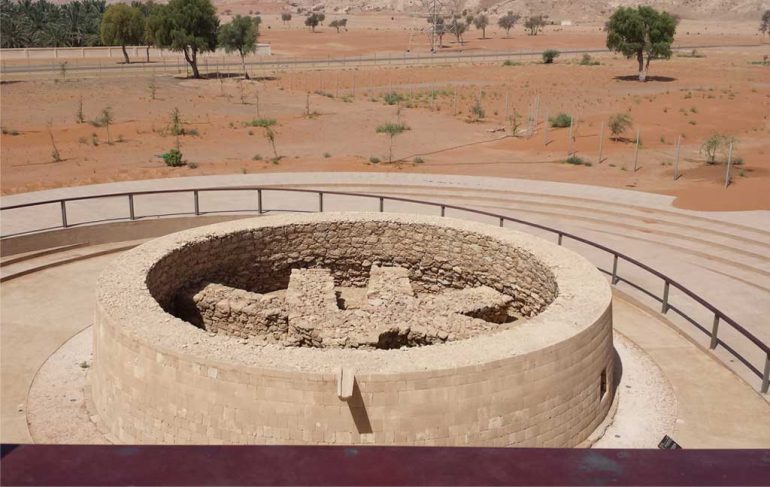

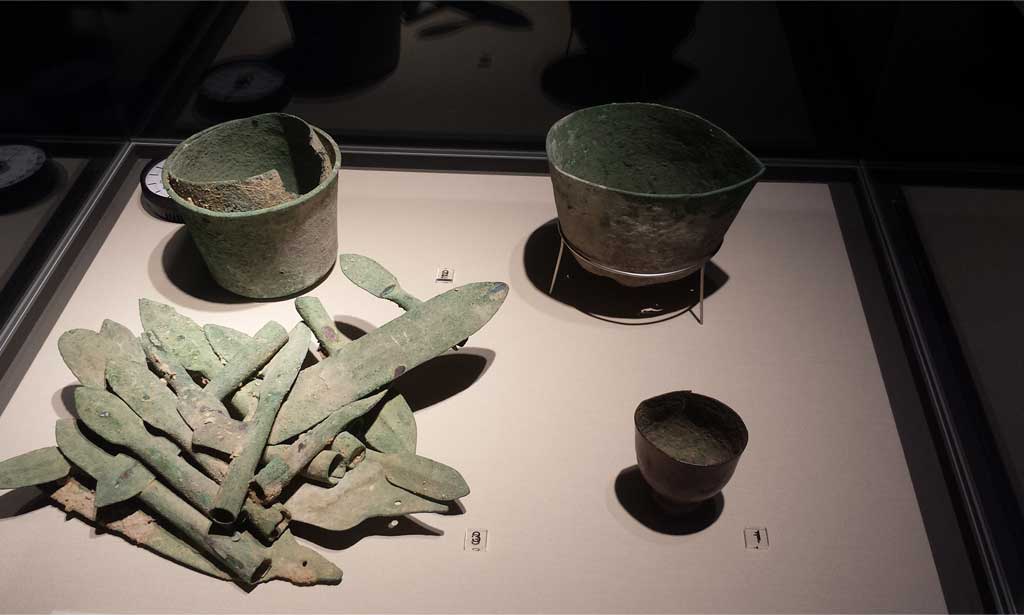
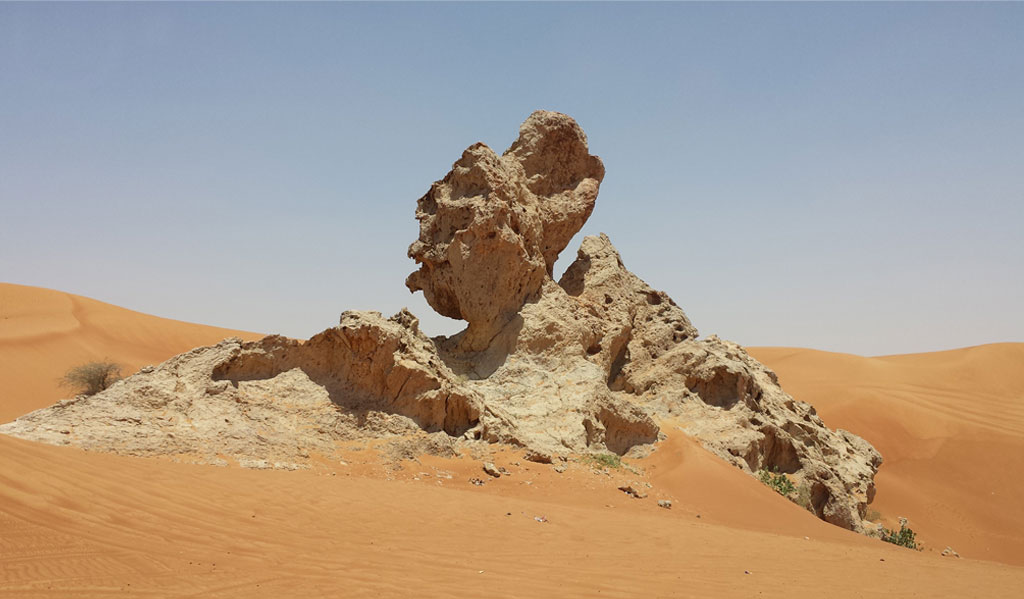
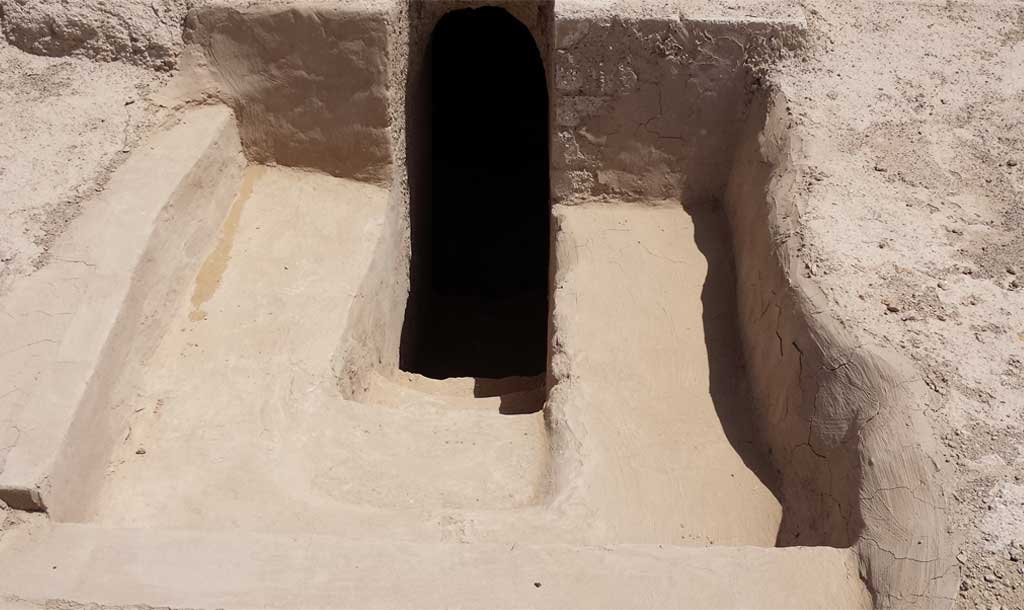
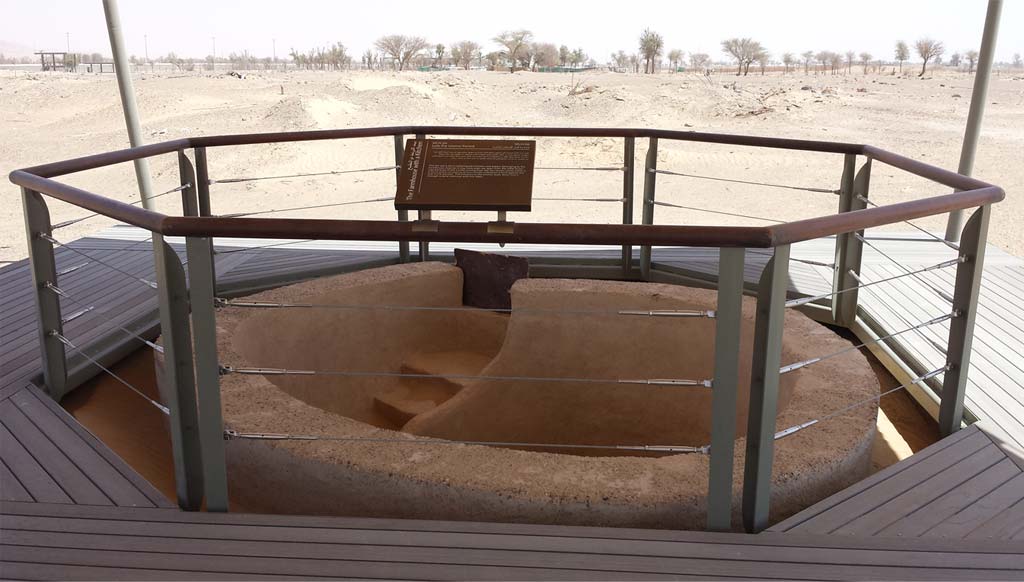



![Social alienation is a sharp tactic in the toolkit of domination [although, here it is the extension of female subordination]. Photo by Hans Van Den Berg/ flickr.com](https://b-change.me/wp-content/uploads/2018/01/1sTnAkZgJEx1Yb6fctMyVuA-570x300.jpeg)




